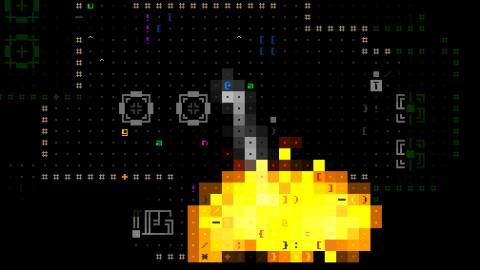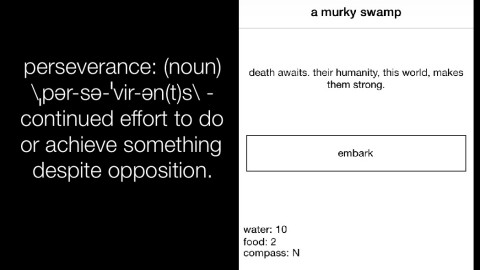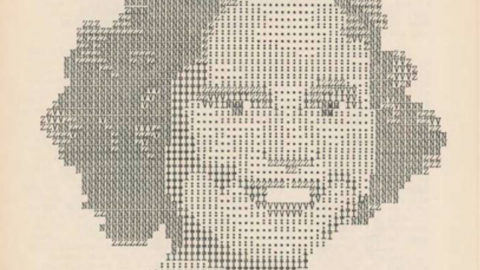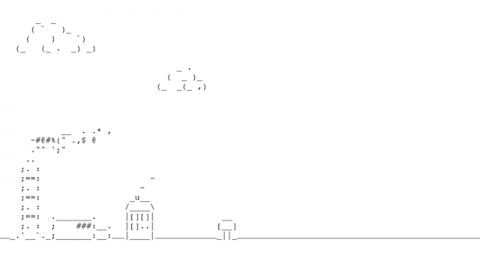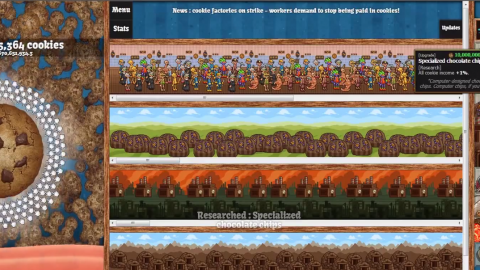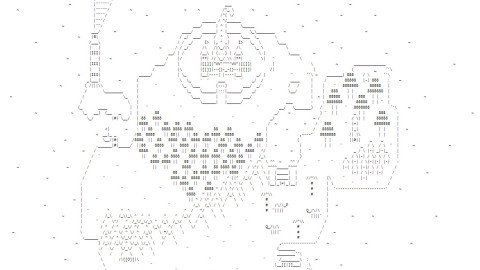
Check out the animations on this upcoming ASCII adventure
Thanks to the events of 2016, a lot of us are starting to get used to the concept of living in a society filled with evil. Stone Story is way ahead of you. The game is set in “a dark and vile world,” populated with haunted trees, reanimated skeletons, giant snails, and antagonistic bats. The protagonist is on a quest to change it all. carefully animating the game for over two years Stone Story features four boss fights, six unique locations, and multiple cutscenes, all animated in plain text ASCII style, with characters and weapons built from recognizable keyboard symbols…
